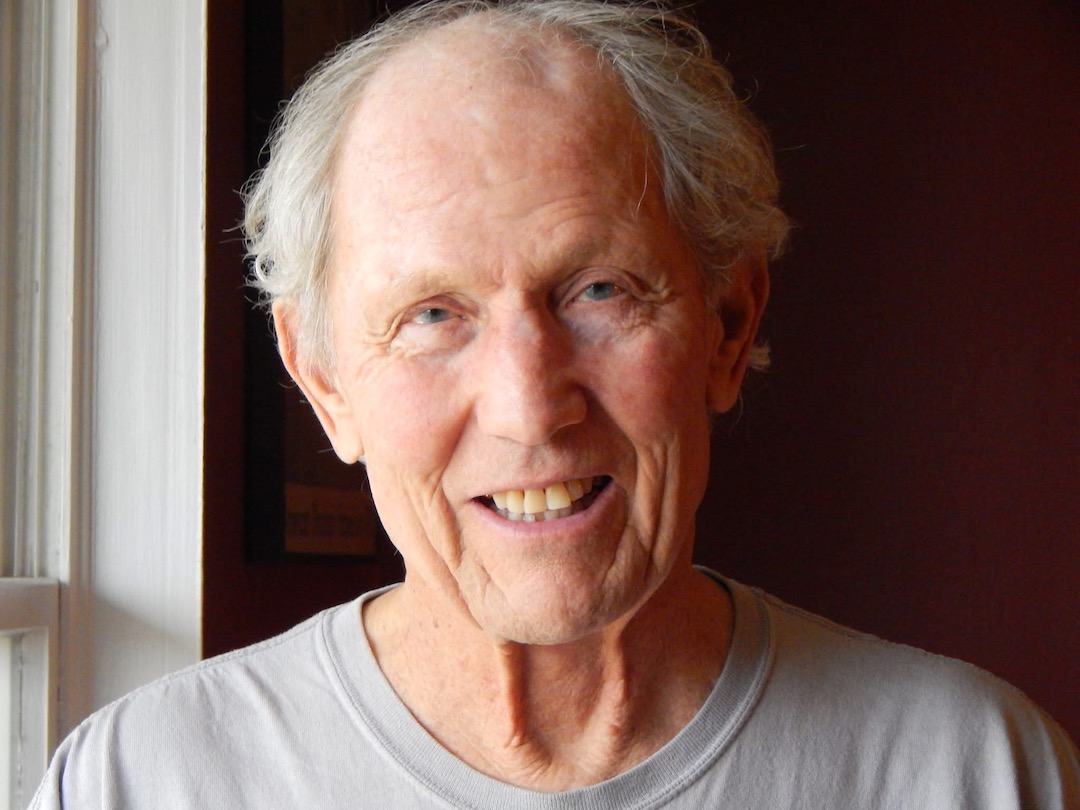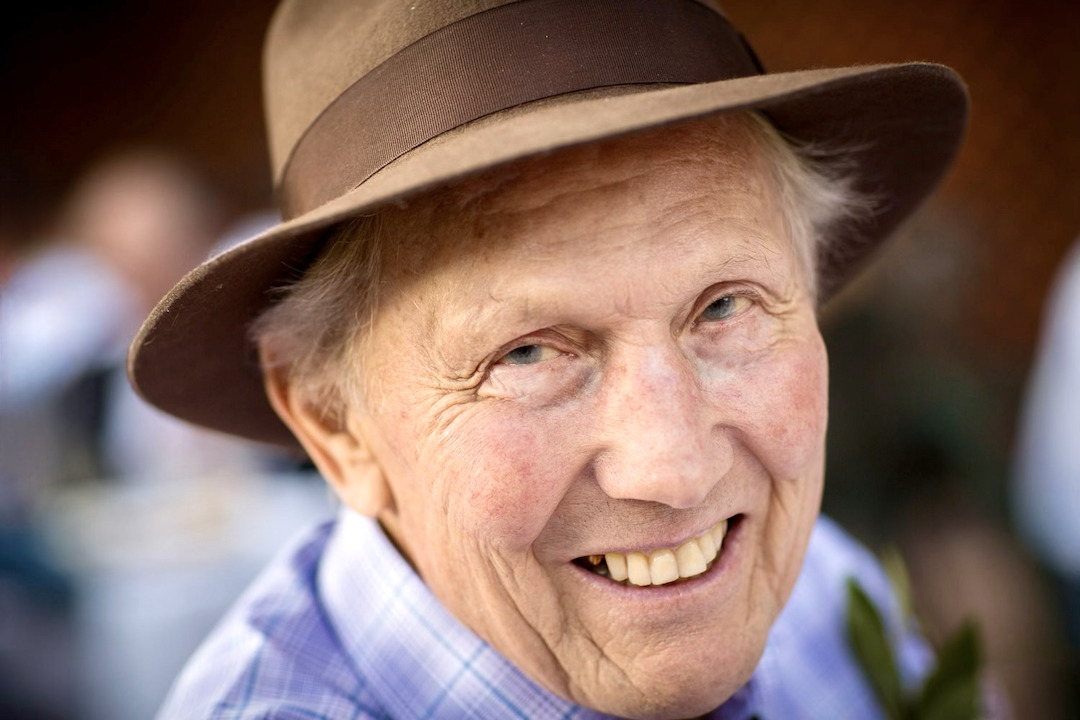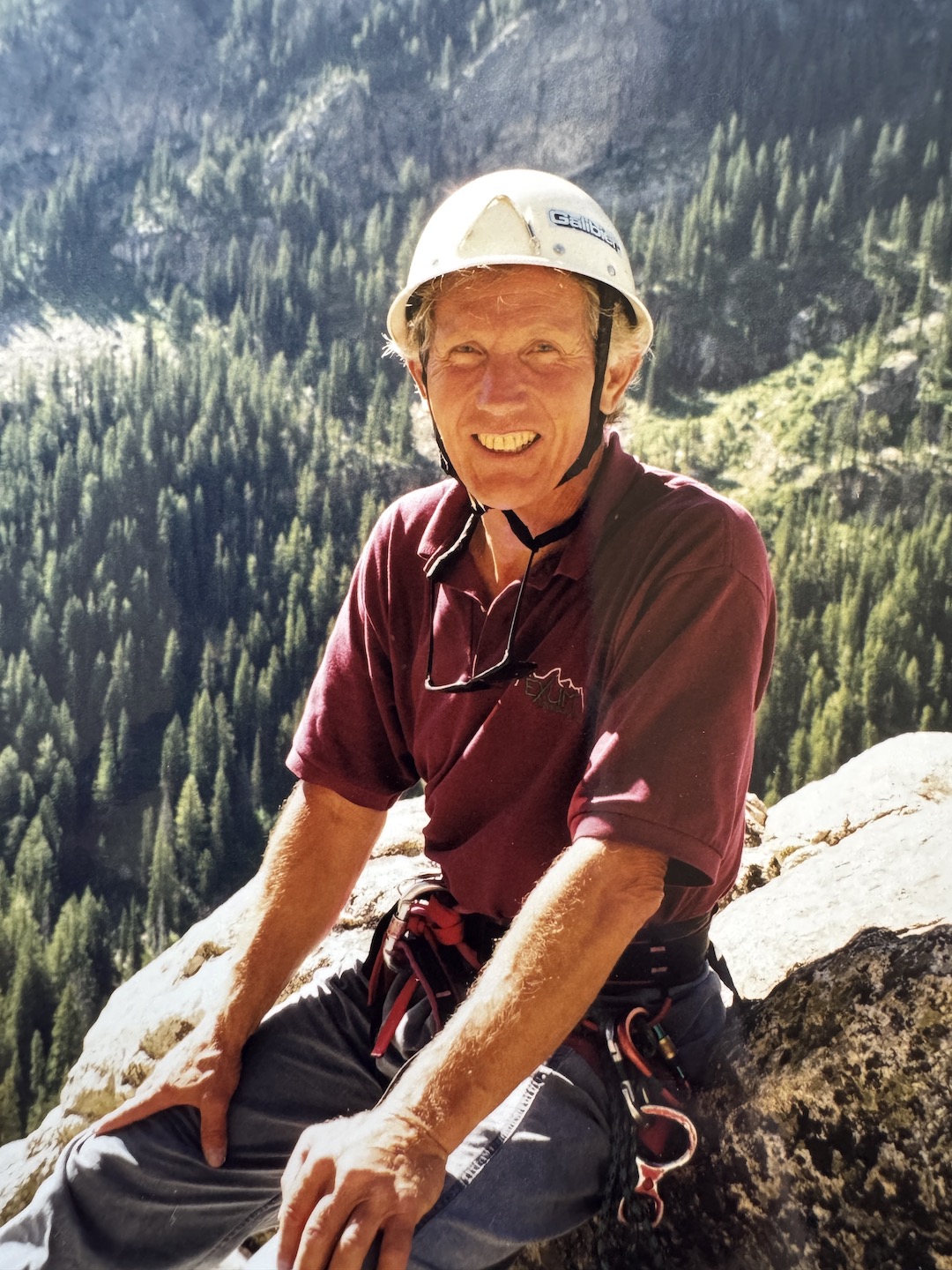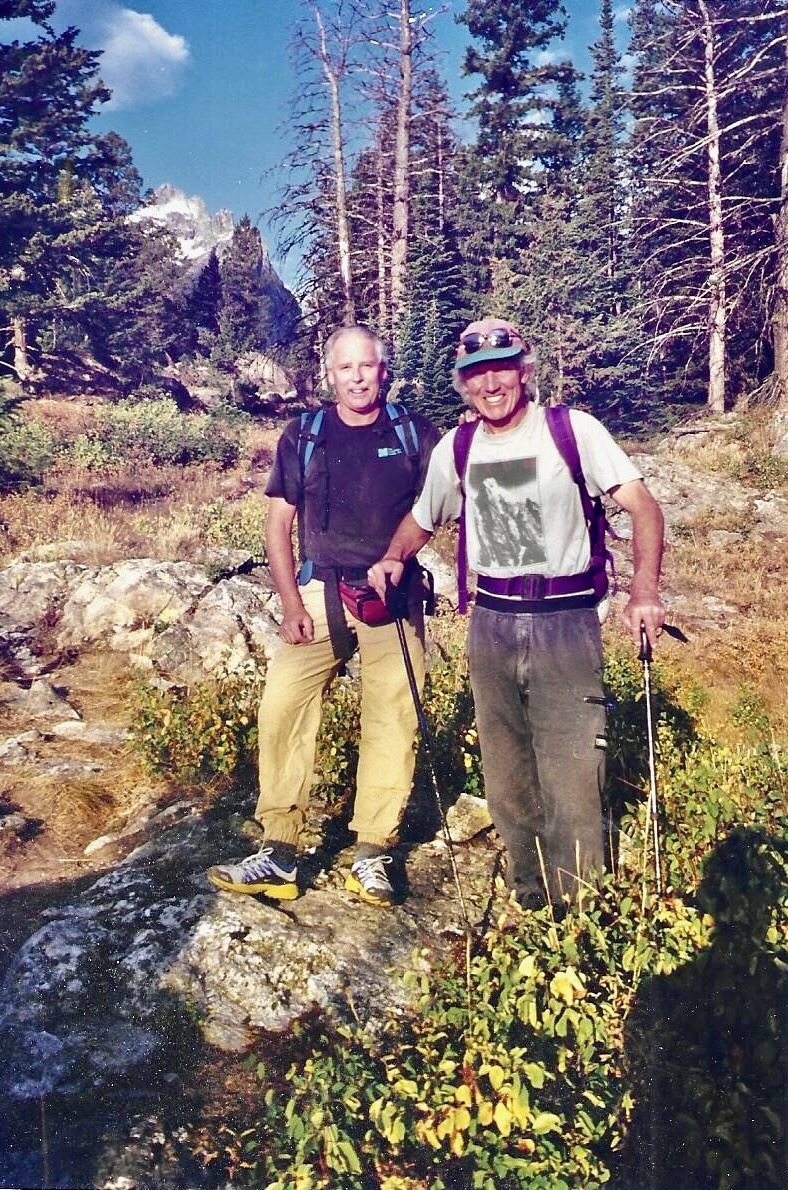Peter Lev, 1940–2025

“There were no rules or regulations,” he’d say. “We just climbed because that’s what we loved to do.” He spent his life living and working in the mountains, from the 1960s up until the early 2000s. In those first decades, such a career was unconventional.
Peter was born on March 4, 1940, in Los Angeles, and passed away on April 27, 2025, in Portland, Oregon, of natural causes. Peter discovered climbing as a teenager, when he pulled an old copy of Rock for Climbing by C. Douglas Milner from his father’s bookshelf. The book fascinated him, and before long he and his best friend, David Reynolds, were dreaming up an ambitious plan: They would climb Clyde Minaret, the highest of the Minarets in the Sierra Nevada.
The route, considered an easy fifth-class climb by today's standards, was still a serious challenge for a couple of 16-year-olds with no experience. It took them the entire day just to reach the base of the climb, and they didn’t stand on the 12,264-foot summit until sunset. They spent the night huddled together on the peak, and at first light began their descent, attempting body rappels.
As they inched down the mountain, an afternoon thunderstorm swept in. A lightning bolt struck nearby, sending Peter sprawling on a ledge only a few feet wide. A slip could have ended everything. But he regained his footing, and they made their way down and reached camp soaked but safe. Despite the close call, or maybe because of it, my dad would later say, “From then on, I was hooked.”
In 1959, during his sophomore year at the University of Colorado, Peter met Dave Dornan, and the two quickly formed a strong climbing partnership. In the summer of 1960, Peter and Dave hitchhiked to the Tetons. As Dave later wrote: “We climbed the northeast ridge of Rockchuck Peak, Durrance Ridge of Symmetry Spire, and Baxter’s Pinnacle. That summer of 1960 was a watershed moment for both of us.” Dave introduced my dad to Al Read, who introduced him to Glenn Exum.
My dad often said, “I didn’t choose guiding, Glenn chose me.” With a recommendation from Read, he began guiding for Exum as an apprentice that summer. In ensuing years, he guided at Exum and served as the rock climbing director at the Minnesota Outward Bound School, from 1967 to 1970.
Over the course of his career, he made many notable first ascents, including Vertigo (1961) and Northwest Corner (1959), both classics later freed at 5.11, in Colorado’s Eldorado Canyon; and the Enclosure Ice Couloir (5.7 AI3, 1962) and Lev Route (1960) on the east face of the Grand Teton. He was part of the teams that made the first ascent of the East Buttress of Denali in 1963; the second ascent and a new direct variation on the north face of Mt. Robson in 1969; and a new variation on Chulu West in Nepal in 1978 with Lhakpa Nuru, Jangbu Sherpa, and Larry Zaroff (whom Peter guided). Peter was a guide on trips to Island Peak and Tent Peak (Tharpu Chuli) in the 1980s.
He was a member in major international climbs such as the American Dhaulagiri Expedition (1973), a successful trip following one four years earlier in which the leader, Boyd Everett, and six others were killed in an avalanche. Lou Reichardt wrote in the American Alpine Journal that Peter and three others “would almost certainly have reached the top if they had not been asked to descend” due to storms. He joined the U.S.–USSR Pamir Expedition (1974), a rare collaboration of international teams during the Cold War, and climbed Lenin Peak. As a result of an earthquake that triggered avalanches, as well as heavy storms that engulfed entire teams, 13 people died during the trip. My dad helped evacuate John Roskelley, Bob Craig, and John Marts after an avalanche killed Gary Ullin, and was part of a team that attempted to rescue Eva Isenschmid of Switzerland on Lenin Peak.
He also took part in the American-Indian Nanda Devi Expedition (1976), witnessing the tragic death of 22-year-old Nanda Devi Unsoeld, daughter of co‑leader Willi Unsoeld, to illness high on the mountain.
In 1979, Peter joined Yvon Chouinard, Jim Donini, and Harry Frishman to form the Moose Bar Charter, an effort dedicated to elevating professional guiding standards in the United States. In 1980, it evolved into what’s now known as the American Mountain Guides Association (AMGA).
Having purchased a portion of Exum Mountain Guides from Glenn in 1978, he remained a shareholder until his retirement in 2006. He co-created Exum Utah (now Utah Mountain Adventures) in 1993, and guided for Sylvan Rocks in the Black Hills well into his 70s. He loved guiding, and even when he wasn’t with clients, slipped naturally into “guide mode,” sharing his knowledge with my friends and me whenever we climbed together.
Peter was also a well-respected expert on snow science, and he worked as a patroller, instructor, heli-ski guide, snow ranger, and forecaster across the Western U.S. and Canada. He taught for the National Avalanche School, the American Avalanche Institute, and the University of Utah; was a forecaster at Alta and Snowbird ski areas and the Utah Department of Transportation; wrote articles; and served as a legal consultant.
Starting in the mid-1980s, Peter produced long-range weather forecasts for clients ranging from farmers to Himalayan expeditioners, and kept up his observations until his final days.
Though my father was soft-spoken and humble, he also was known for his strong opinions and often short temper. He had a tender side, though, and embraced me with love, even when I was learning through my mistakes. He was endlessly curious about the world and took pride in teaching me not only how to move responsibly through the mountains, but also to grow into a person of strong character.
My dad stopped going on big expeditions after I was born, saying it wasn’t worth the risk anymore. He had seen a lot of tragedy and carried that trauma into old age. He didn’t speak of those times often, and I only learned about them later. Still, he remained dedicated to the mountains and mentorship.
Angela Hawse, a guide and past president of the AMGA, recalled in an email: “He took me under his wing and helped me integrate new skill sets and…[understand] the traditions of guiding specific to the Tetons.” His passionate advocacy for guide training, she said, “laid the foundation for where the AMGA is today.”
Peter was awarded the President's Award from the AMGA posthumously, to honor his lifetime of work.
—Alexandra Lev




